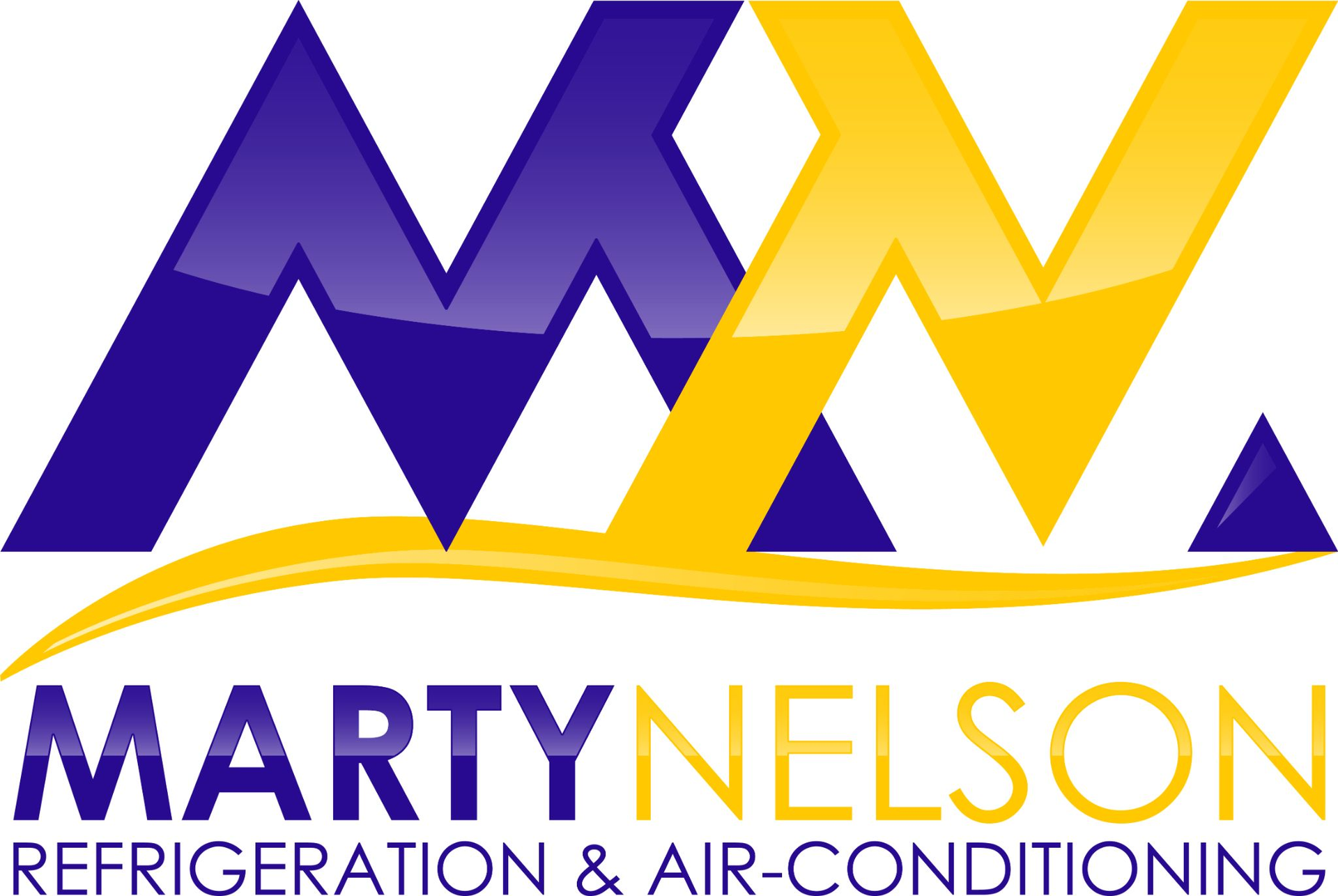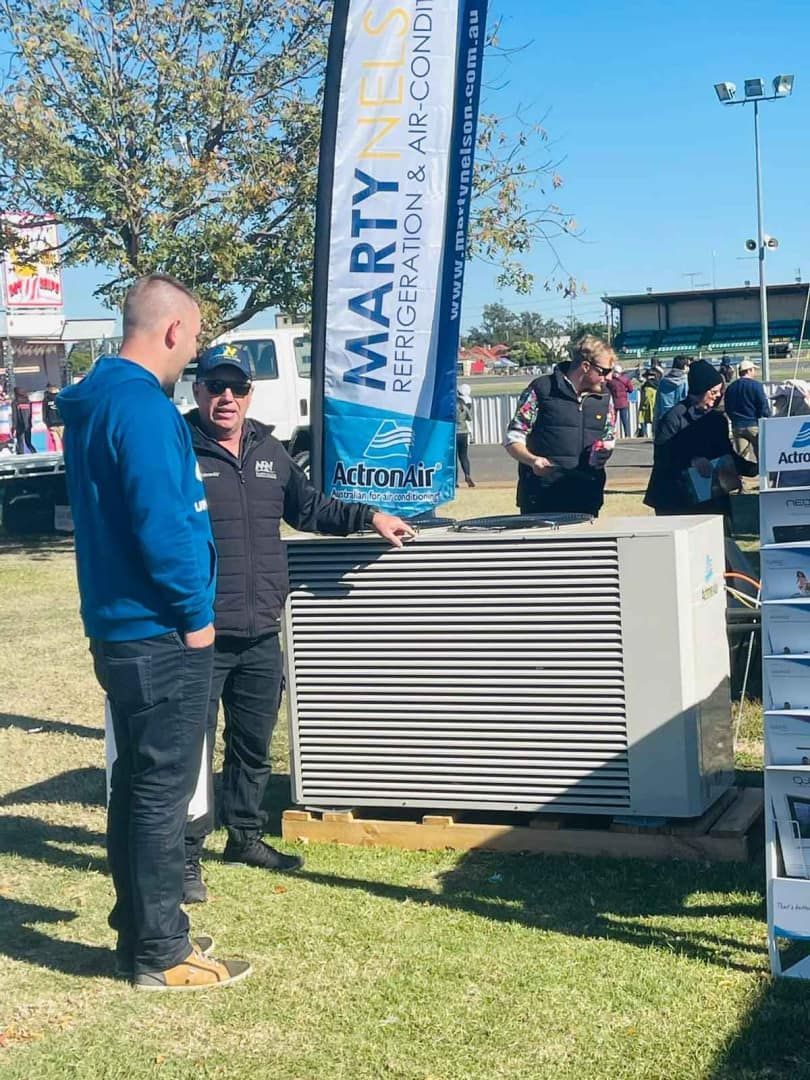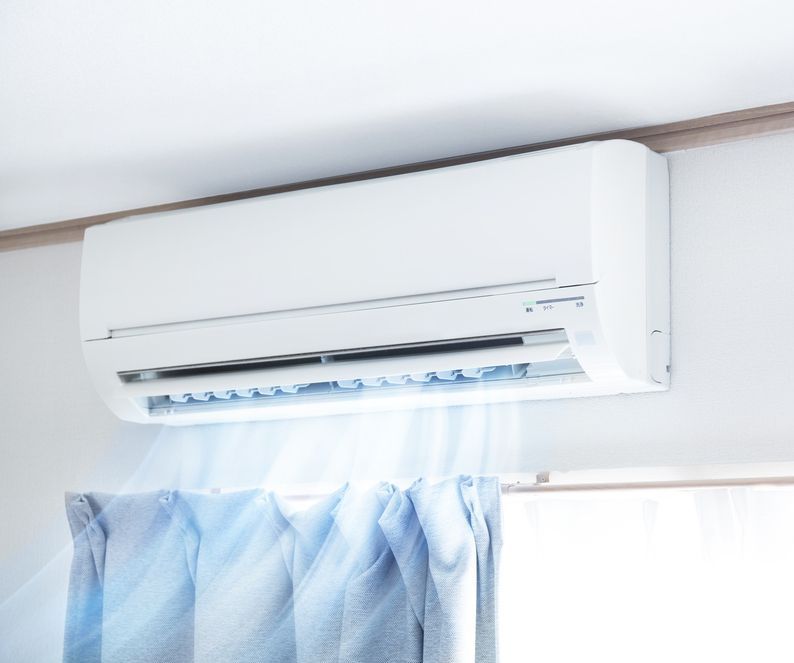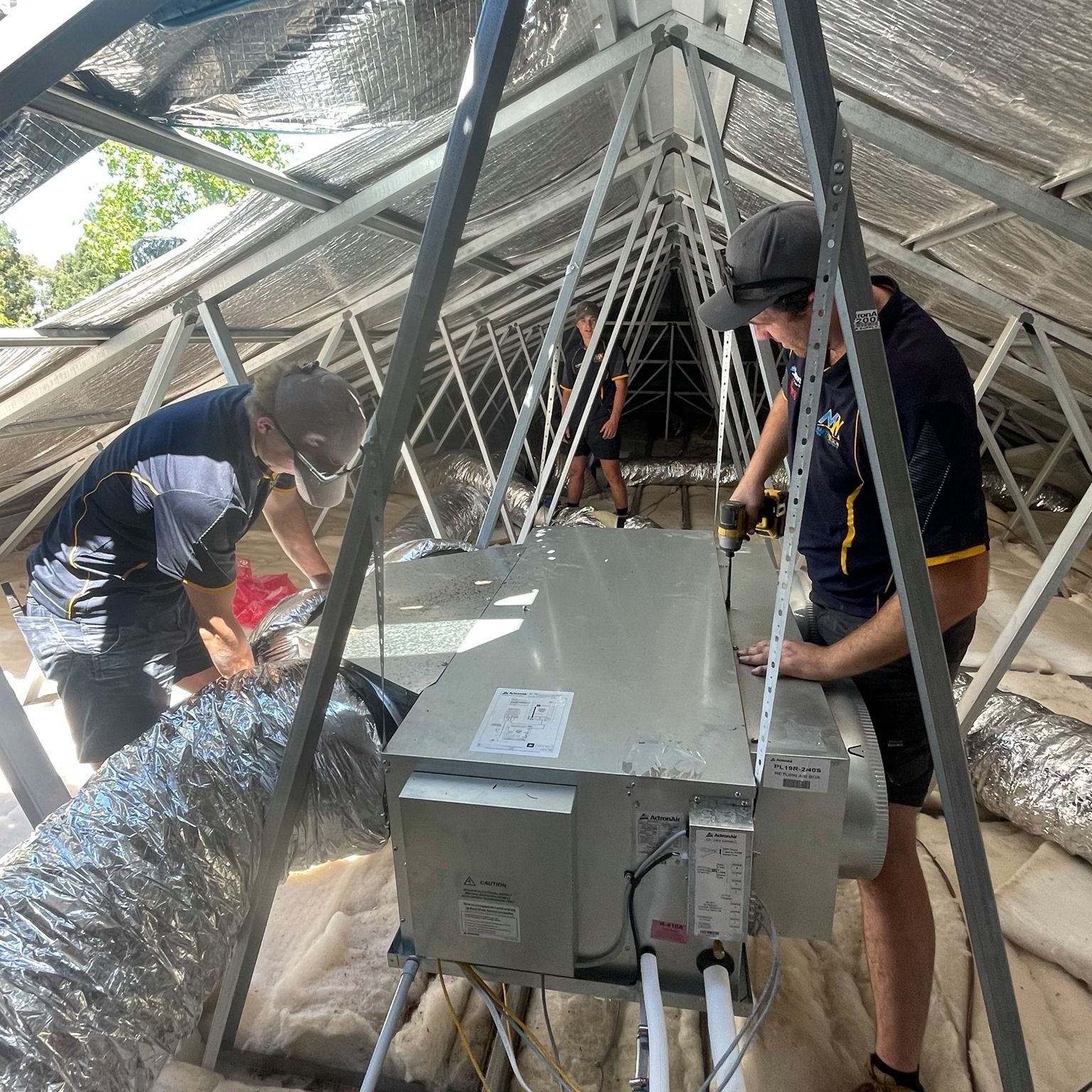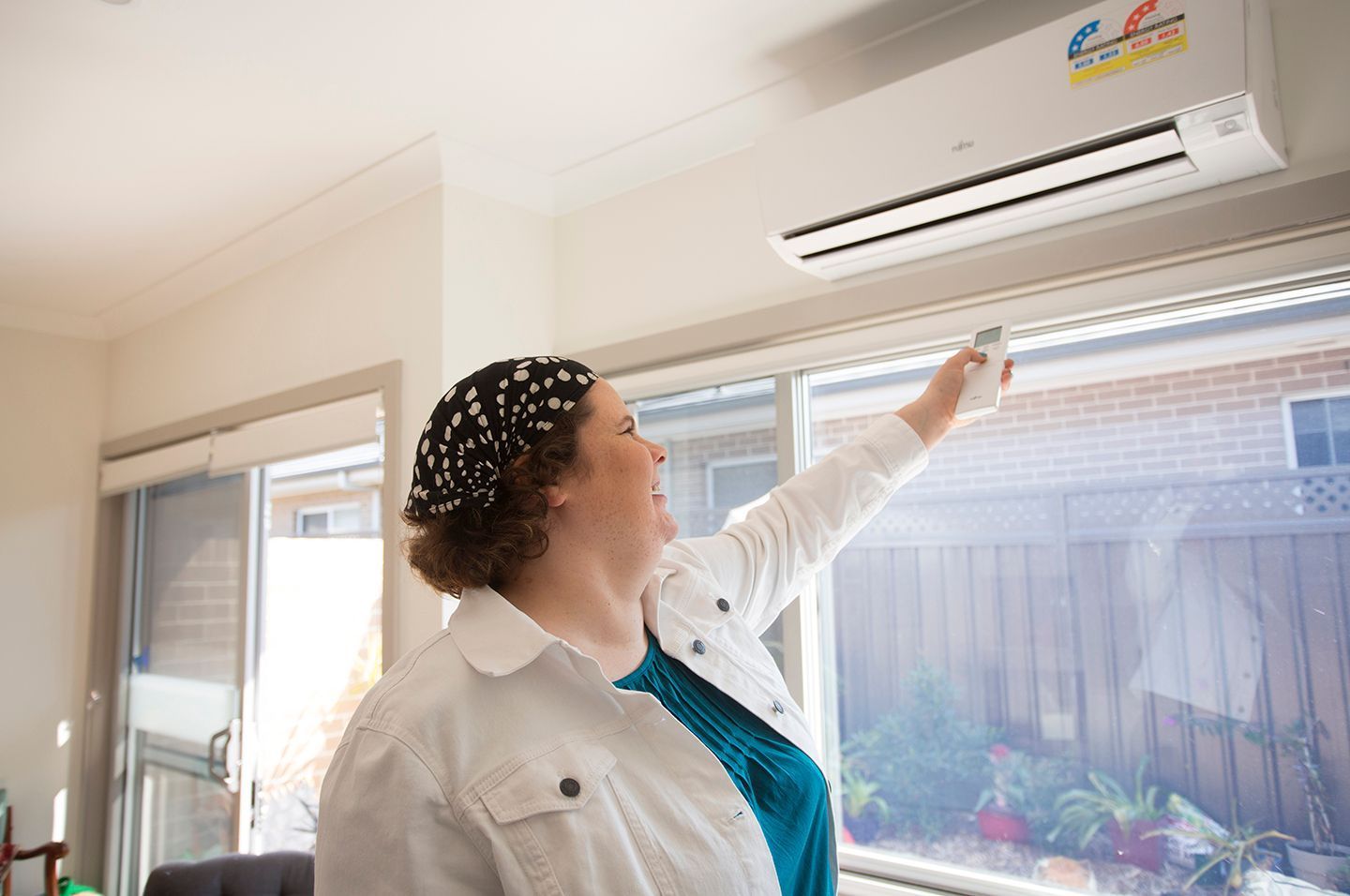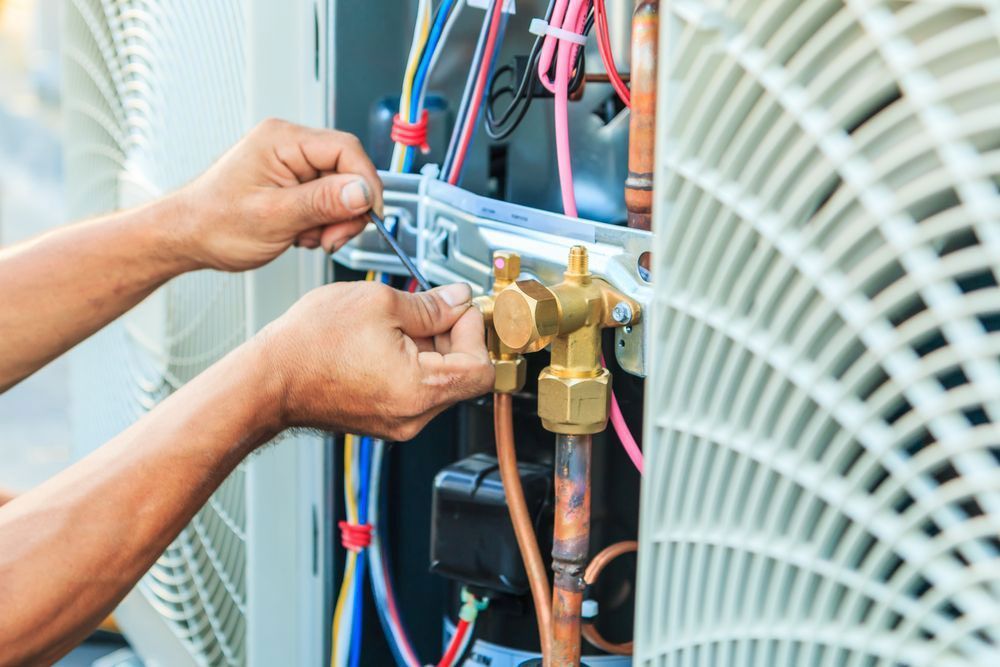Tips for Reducing Air Conditioning Expenses
Running an air conditioner can offer welcome relief during warmer months, but can also lead to higher electricity bills if not managed efficiently. Many households and businesses use more energy than necessary simply because of small habits or outdated systems. The good news is that reducing air conditioning expenses doesn’t have to be difficult. With a few practical adjustments and a better understanding of how your system operates, you can improve comfort while keeping energy use in check. This blog outlines straightforward, effective air conditioning tips to help cool your space easily.
1. Keep Your System Serviced Regularly
Routine servicing is one of the most effective ways to keep your air conditioner performing efficiently. Over time, filters become clogged, refrigerant levels can drop, and internal components wear down, reducing efficiency and driving up energy costs.
A well-maintained air conditioner uses less energy and lasts longer. Professional servicing can also uncover potential issues before they lead to costly repairs
.
- Clean or replace filters every 1–3 months to ensure proper airflow.
- Check refrigerant levels and pressure to maintain optimal cooling.
- Inspect coils and fins for dirt or damage that could restrict efficiency.
- Ensure electrical components are secure and functioning correctly.
Regular maintenance helps keep your air conditioner running smoothly, reducing running costs and providing a more reliable cooling experience year-round.
2. Set the Thermostat Wisely
Setting your thermostat just a few degrees higher can significantly reduce energy consumption. Many households overcool their space, resulting in unnecessary electricity usage.
Setting the air conditioner at around 24–25°C for most homes balances comfort and efficiency. Programmable thermostats or smart controllers can help you manage temperature settings more accurately.
- Raise the thermostat when you're not home or during sleep hours.
- Avoid sudden temperature drops, which force the unit to work harder.
- Use zoned temperature control if available to cool only occupied areas.
- Schedule temperature changes based on your daily routine.
3. Seal Gaps & Insulate Your Space
Unsealed windows, under-door gaps, and poorly insulated walls can lead to cool air escaping and hot air seeping in. This causes your air conditioner to work harder, consuming more energy to maintain a stable temperature.
Improving insulation and sealing leaks are long-term investments that improve comfort and reduce overall cooling costs.
- Install weatherstripping on doors and windows to block drafts.
- Add insulation to ceilings and walls to retain indoor temperature.
- Close gaps around plumbing, vents, and ductwork with sealant.
- Use curtains or blinds to block direct sunlight during peak heat.
4. Use Fans to Support Airflow
Fans don’t cool the air but enhance circulation, helping distribute cooled air more evenly throughout the room. Fans can make the room feel cooler when used in conjunction with air conditioning, allowing you to raise the thermostat setting without sacrificing comfort.
Fans are inexpensive to run and significantly reduce the cooling load on your AC system.
- Ceiling fans help maintain consistent temperatures in living areas.
- Pedestal or tower fans are effective in bedrooms or smaller spaces.
- Exhaust fans in kitchens and bathrooms remove hot, moist air.
- Run fans clockwise in summer to push cool air downwards.
Integrating fans into your cooling strategy can create a more balanced and efficient environment, helping your air conditioning system operate more effectively and affordably.
5. Upgrade to Energy-Efficient Units
Older air conditioning units can consume much more power than modern, energy-efficient models. If your system is over 10 years old, consider upgrading to one with a higher Energy Star rating.
Modern systems with inverter technology are designed to adjust output based on the room’s cooling needs, offering better performance with less energy use.
- Inverter air conditioners are quieter and more energy-efficient.
- Units with zoning features let you cool specific areas as needed.
- Ducted systems with variable-speed compressors reduce load fluctuations.
- Compare models based on their cooling capacity (kW) and energy consumption (kWh/year).
6. Use Zoned Cooling Where Possible
Cooling the entire house can be costly and unnecessary, especially if you spend most of your time in just a few rooms. Zoned cooling allows you to target specific areas, reducing energy use and wear on your system.
You can better manage daily usage by separating your home into cooling zones.
- Turn off vents in unused rooms to redirect air where it’s needed.
- Install zoning panels in ducted systems for independent room control.
- Use portable units in small areas like studies or home offices.
- Set different temperatures for day and night zones if your system supports it.
7. Limit Heat-Generating Activities
Appliances such as ovens, clothes dryers, and computers generate a surprising amount of heat. Using these devices during the hottest parts of the day increases your air conditioner's workload.
Managing heat sources can reduce indoor temperature and lighten the cooling load.
- Cook outdoors or use a microwave during peak heat hours.
- Do laundry in the evening when the ambient temperature is lower.
- Switch off electronics and chargers when not in use.
- Use energy-efficient lighting like LEDs to reduce internal heat gain.
Managing internal heat sources is a simple yet often overlooked way to support your air conditioning system and reduce overall cooling costs.
8. Make Use of Natural Ventilation
In cooler parts of the day, natural airflow can refresh and cool your home without switching on the air conditioner. Opening windows and doors can also help regulate temperature naturally, particularly during early mornings and evenings.
This method is especially effective in well-shaded or breezy areas.
- Open windows on opposite sides of the house for cross-ventilation.
- Install flyscreens or security grilles to keep insects out.
- Ventilate overnight to release built-up indoor heat.
- Close up early to retain the cool morning air before outdoor temps rise.
Book a Service & Start Saving on Your Power Bill
At Marty Nelson Refrigeration & Air Conditioning, we’re here to help you enjoy year-round comfort while controlling your energy bills. If you're looking to bring down your air conditioning costs, these energy-saving tips are a great place to start. Small changes can lead to noticeable savings over time. Give us a call for more information or to book a consultation today.
